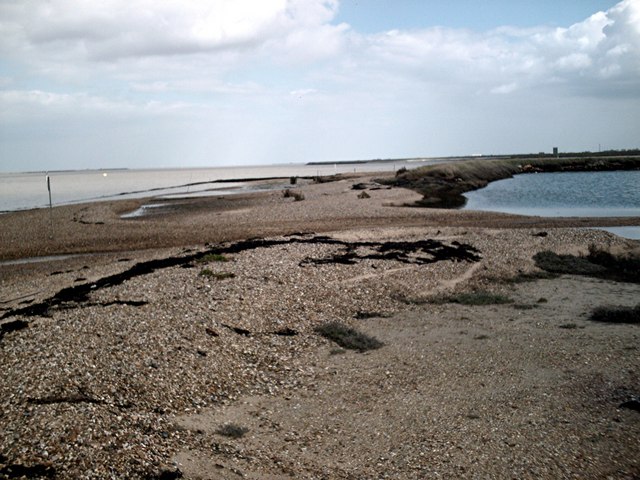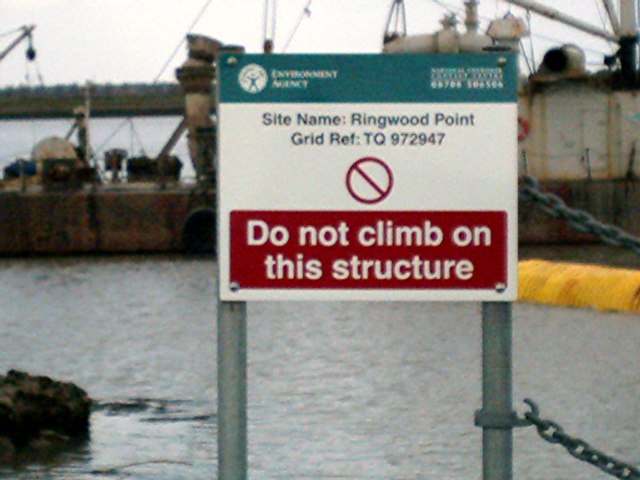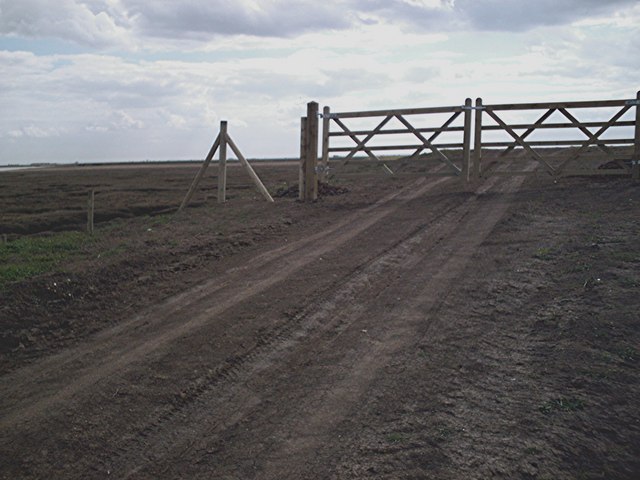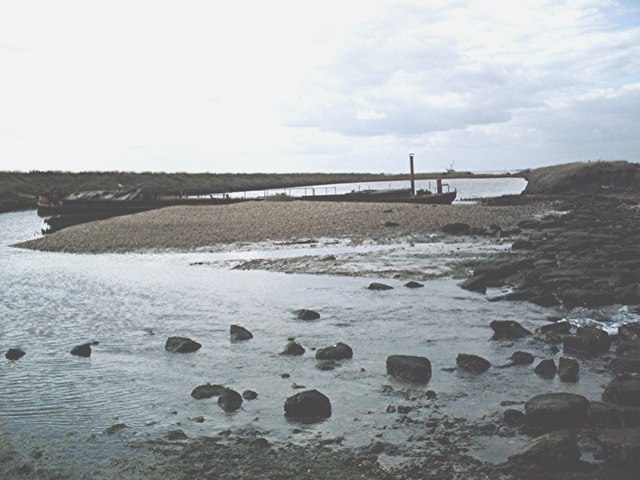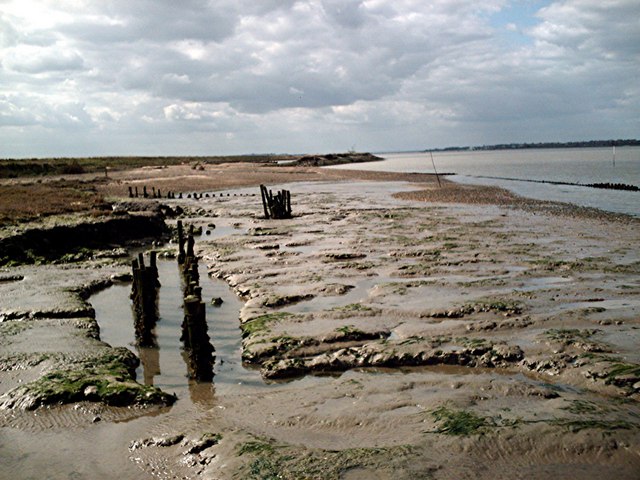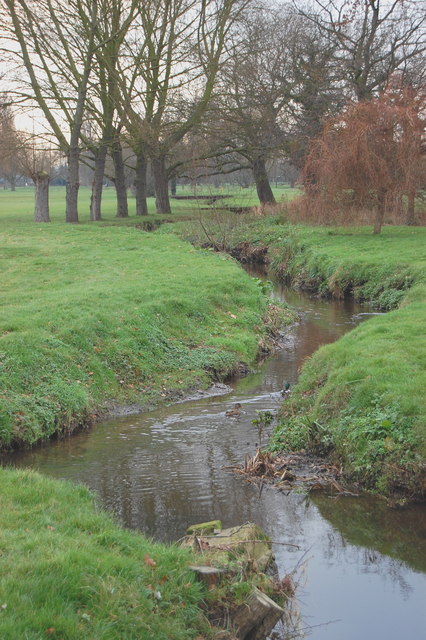Barrington Point
Coastal Marsh, Saltings in Essex Rochford
England
Barrington Point
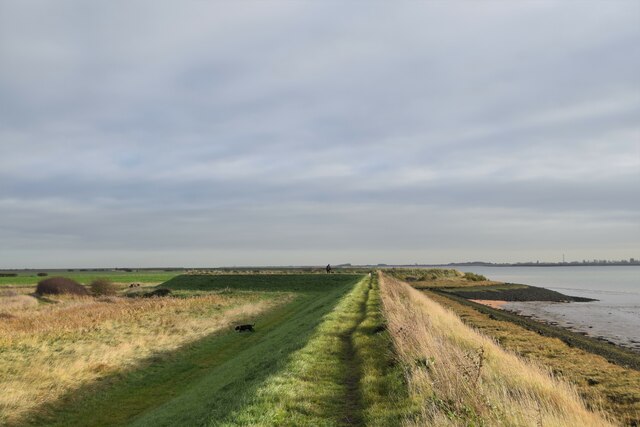
Barrington Point is a picturesque coastal marsh located in Essex, England. It is situated near the mouth of the River Blackwater, where it meets the North Sea. This marshland is known for its stunning natural beauty and unique ecosystem.
The area is characterized by its vast expanse of salt marshes and saltings, which are large areas of flat land that are regularly flooded by the tides. These marshes are home to a rich variety of plant and animal species, making it an important site for wildlife conservation.
The vegetation in Barrington Point consists mainly of salt-tolerant plants such as samphire, sea lavender, and sea aster. These plants provide essential habitats and food sources for a diverse range of bird species, including waders, ducks, and geese. The marshes also attract migratory birds, which use the area as a stopping point during their long journeys.
In addition to its ecological significance, Barrington Point is a popular destination for outdoor enthusiasts. The area offers opportunities for birdwatching, nature walks, and photography. The vast open skies, expansive views of the estuary, and peaceful atmosphere make it a tranquil and relaxing place to visit.
Overall, Barrington Point is an enchanting coastal marshland that offers a unique glimpse into the natural beauty and biodiversity of the Essex coastline. Whether it is for its ecological importance or its recreational opportunities, this area is a must-visit for nature lovers and those seeking a peaceful retreat in a stunning coastal landscape.
If you have any feedback on the listing, please let us know in the comments section below.
Barrington Point Images
Images are sourced within 2km of 51.616356/0.85592245 or Grid Reference TQ9794. Thanks to Geograph Open Source API. All images are credited.
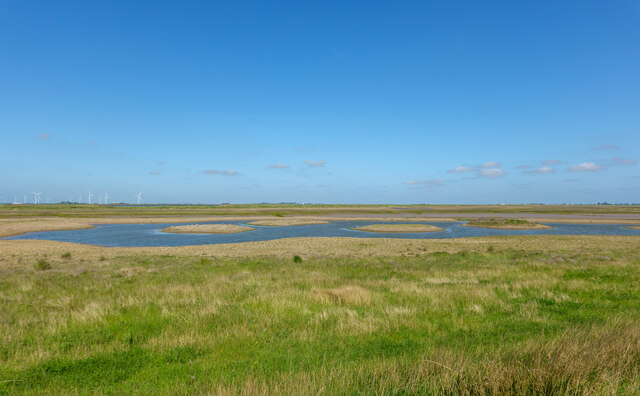
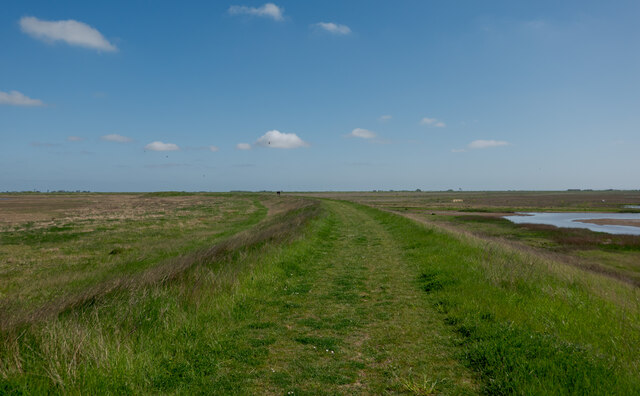
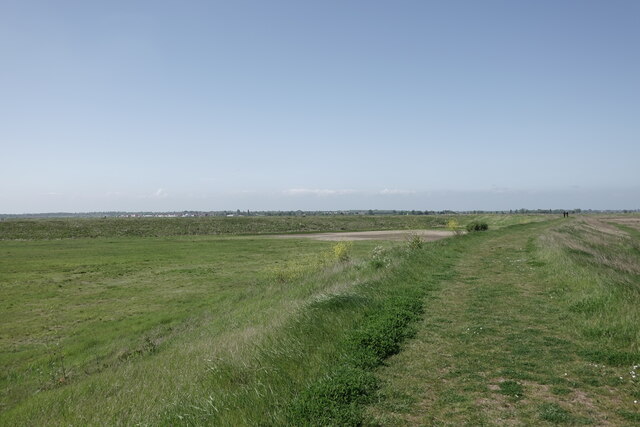
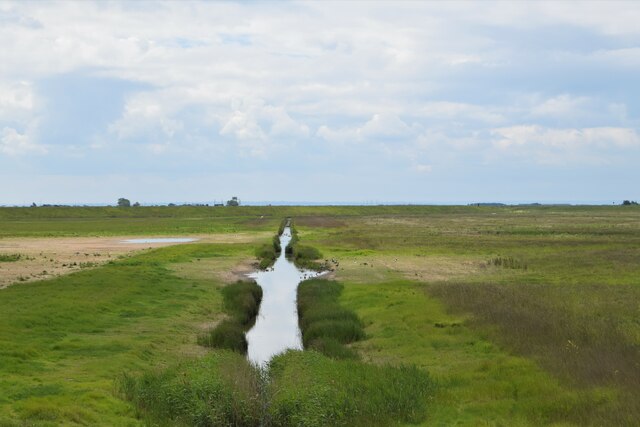

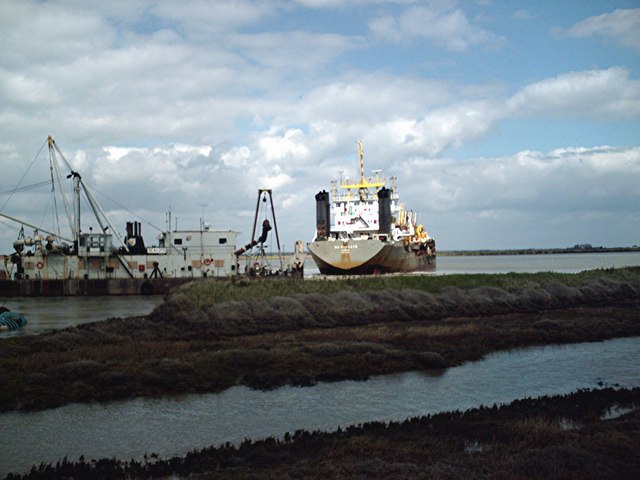
Barrington Point is located at Grid Ref: TQ9794 (Lat: 51.616356, Lng: 0.85592245)
Administrative County: Essex
District: Rochford
Police Authority: Essex
What 3 Words
///reckoned.officials.acrobatic. Near Burnham-on-Crouch, Essex
Nearby Locations
Related Wikis
Wallasea Wetlands
Wallasea Wetlands is a reclaimed wetlands area located in Essex, England. It has been created as part of a government-funded wetlands scheme to halt the...
River Roach
The River Roach is a river that flows entirely through the English county of Essex. It is one of four main streams that originate in the Rayleigh Hills...
Wallasea Island
Wallasea Island lies in Essex, England. It is bounded to the north by the River Crouch, to the south east by the River Roach, and to the west by Paglesham...
Royal Corinthian Yacht Club
The Royal Corinthian Yacht Club is a watersports organisation based at Burnham-on-Crouch, Essex. == History == === Early history === The club was founded...
Saint Mary the Virgin, Foulness Island
Saint Mary the Virgin is a parish of the Church of England on Foulness Island, in Essex, England. Before the 15th century, the island of Foulness was divided...
Rio Cinema (Burnham on Crouch)
The Rio Cinema is a purpose-built, two-screen, 280-seat cinema in Burnham on Crouch, Essex in the United Kingdom. The building dates from 1931. The Burnham...
Burnham-on-Crouch & District Museum
The Burnham-on-Crouch and District Museum, located in Burnham-on-Crouch, Essex, is a registered charity run by members of the Burnham History Society,...
Burnham-on-Crouch
Burnham-on-Crouch is a town and civil parish in the Maldon District of Essex, in the East of England; it lies on the north bank of the River Crouch. It...
Nearby Amenities
Located within 500m of 51.616356,0.85592245Have you been to Barrington Point?
Leave your review of Barrington Point below (or comments, questions and feedback).




